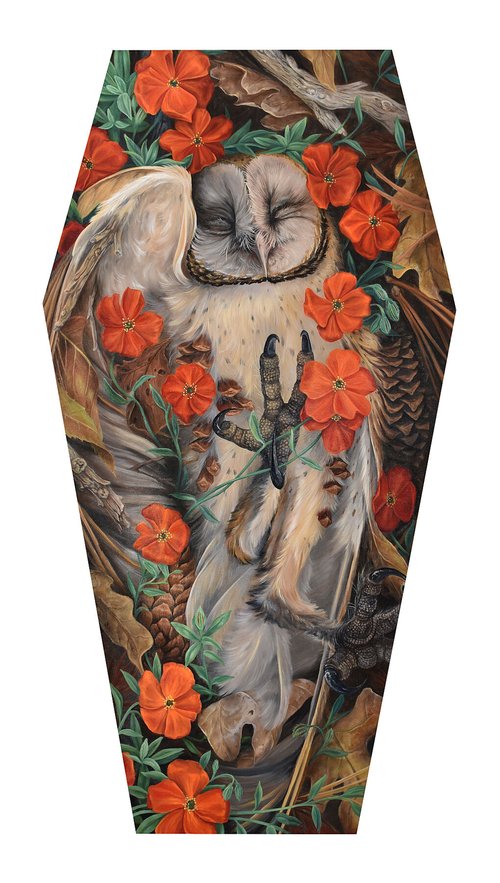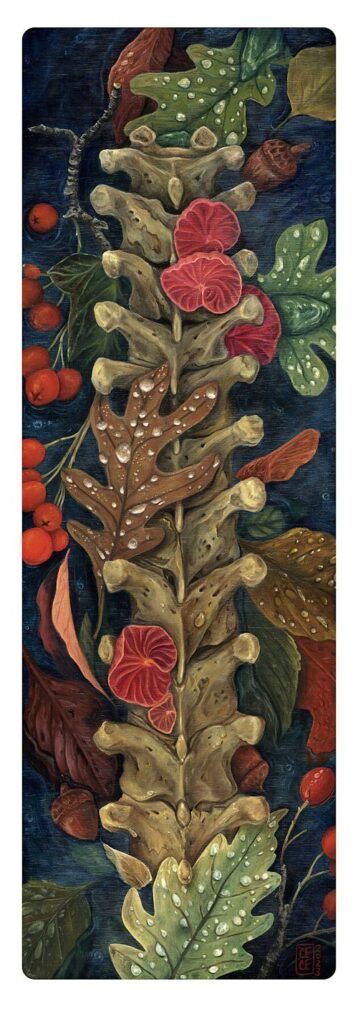Why Does This Artist Love Painting Dead Birds? I Cecelia Wilken

Women in Arts Network is honoured to celebrate Cecelia Wilken as our Artist of the Month, an artist whose journey speaks to resilience, rebirth, and the power of creation as healing. Cecelia’s path back to art wasn’t a simple return it was a reclamation. After years of service in the military and the profound transformation of becoming a mother, she found herself searching for identity beyond the roles that once defined her. In that search, she rediscovered her first language: art.
Through her art, Cecelia explores what many fear to face: death, decay, and transformation. Yet her work is not about darkness it is about release. With a surrealist’s eye and a poet’s heart, she invites us to look closer at impermanence, to see beauty in what fades, and to find tenderness in discomfort. Her paintings balance haunting imagery with grace and sensitivity, creating spaces where viewers can reflect, grieve, and find peace in the inevitable cycles of life.

Cecelia’s story is a testament to courage not the kind learned in battlefields, but the quiet, daily bravery of confronting one’s own shadow. From the ashes of perfectionism and loss, she has built an art practice rooted in authenticity, healing, and human connection.
Let us step into Cecelia’s world, where decay becomes renewal, silence becomes expression, and every brushstroke whispers: keep creating even through the hard things
You write that after a medical separation from military service and becoming a mother you started “taking your art journey seriously.” Could you tell us more about that turning point what it felt like, how it changed how you think about making art?
Art, or creation in general, was always something that I was drawn to growing up. But my childhood was challenging, and I developed depression, anxiety, and perfectionism from a young age. I simply thought I wasn’t good enough, or worthy enough, to make art —so I didn’t. Those personal struggles followed me well into adulthood, and I found out that perfectionism wouldn’t help me as a medic serving in the Army (I ended up working myself into developing a chronic disability), and really wouldn’t help me as a young mother (hello, PPD). These mental health challenges only worsened as I struggled to find an identity outside “soldier” or “mother”, things that I thought were supposed to make me feel whole and give my life purpose and meaning. I think anyone working through difficult life transitions feels the weight of that loss of self and mourning “what should have been”. Eventually, I fell into deep depression. My spouse, friends, and therapist were constantly telling me, “Do something for yourself.” But I had no idea what that was, or where to even start. My whole life had been in service to others. My therapist suggested I do something for my inner child. I had always loved art, and if I could do hard things like becoming a soldier and being a mother, I could draw something. So, I picked up a pencil, and I drew. I picked up a paintbrush, and I painted and painted and painted. Without any judgment or without any expectations. I actually shredded my creations for months when I first started. Eventually, I started posting online to practice letting go of my perfectionism. It led to finding a community, building confidence, developing a practice and identity as an artist, and, really, unimaginable opportunities. I never stopped creating, and it eventually snowballed into a full-blown career.

Many of your pieces explore ephemeral states things that decay, transform, or vanish. How do you think about temporality (change over time) in your work, both as concept and as process?
As macabre as it sounds, Death has always been my muse, a sort of compass that puts ground beneath my feet and helps guide me towards a larger understanding. For me, everything feels so much smaller, so insignificant and temporary in the face of death. Everything that has happened, that will happen, every emotion will eventually disappear into nothingness; an endless cycle of growth, transformation, death, and decay. I find a lot of peace in that reality. Maybe it makes hardships more digestible, more palatable for me. Maybe it makes precious, beautiful moments so much sweeter. Emotions are fleeting, experiences come and go, and everything is impermanent, yet each moment and feeling is a thread woven into the tapestry of existence—a soft echo that can sometimes be felt across generations. How we choose to react to these uncomfortable truths can transform the future, for ourselves and others, and I hope that resonates in my work.
You’ve been described as a “surrealist’s exploration in the uncomfortable.” What draws you to discomfort and the uncanny? How do you decide how far to go visually?
Death and decay make many people uncomfortable, and I think that’s exactly why I chose them as a backdrop to explore life. I try to capture moments of change within ourselves —the death of ego, intrusive and painful thoughts, grief and anxiety and depression, becoming a parent, growing old —and how these experiences push us toward growth if we allow them. There is growth waiting in the uncomfortable; we only have to quietly sit with it to learn from it. I try to present these topics in ways that bring softness and beauty to the uncomfortable, inviting the viewer to share space with discomfort in a peaceful way. I want to evoke curiosity and contemplation with my art not necessarily disgust. So, while I explore death and decay, I always try to balance it with softness, respect, and intention.

As an independent artist who builds a business out of your practice, how do you navigate the tension between producing what you deeply want to make and what sells (or what the market demands)?
When I first started navigating the market, I thought I needed to create artwork that was palatable to the masses. I actually started selling in artist alleys at comic conventions, so a lot of the early work I created with the intention to sell was fan art. I mixed in original pieces, thinking they wouldn’t really sell. But I found that people resonated more with my original art—art I created solely for myself, very emotional, and exploring the uncanny. I leaned into it. I painted what felt honest and didn’t shy away from uncomfortable themes. I’ve stayed true to that ideology. It’s very easy to get caught up in the “business” aspect of my career. But it’s very exhausting, and nothing kills my inspiration faster than trying to “game the market,” “get in on the next trend,” or “win the race.” To find balance, I try to return to why I started this in the first place— to nurture my inner child and reconnect with who I am at the core of my being. The race of consumerism is made up, and you don’t have to race if you don’t want to. I’ve gotten “regular” jobs alongside my art career, just to avoid burnout. I simply try to do what I can, when I can. As long as I’m painting and creating, I’ll keep moving forward.
Is there a piece you abandoned, or a series you felt didn’t fully succeed? What did you learn from it about yourself, about the idea, about your craft?
I’m constantly abandoning and revisiting old themes and series. I keep returning to one series specifically, titled “Memories Left In Forgotten Places”. I had grandiose plans for it —a whole twelve-part series —but I only got two pieces actually finished, and those were two years apart. Those pieces are arguably some of my most successful, and while I want to add to the series, inspiration has yet to reach me. I used to get frustrated when paintings or series sort of fell apart, but I have to remind myself that there are no rules in art. The inspiration, lesson, or memory will reach me when I am ready for it. For me, it’s a constant battle with perfectionism and letting go of carefully planned control. I’ve learned to trust my gut—if it’s not working, it’s not working. I can always (and I usually do) get around to the idea again when the time is right.

You mentioned that “I love painting dead birds.” This is a bold and specific choice what draws you to that subject and how do you approach it, so the work does more than shock or merely represent decay?
I laughed when I read this, I can’t believe I said it so matter-of-factly. But it’s so true. I really love painting dead birds. To me, birds represent freedom, innocence, and fate. I think we can all sort of relate to the ideology of such freedom – being able to go anywhere you want, whenever you want, do whatever, soaring on the wind. I’m deeply inspired by Dutch still-life paintings of the seventeenth century, the symbolism of dead birds and animals as memento mori, and a play on the corruption of living things. There are beautiful symbolism and poignant juxtaposition in freedom and death, life and decay. I see them as mirrors of the human experience, of our constant pursuit of happiness and stability, while also yearning for more and finding a peaceful sense of freedom.
How do you think about audience reaction? Has any viewer response surprised you or changed how you think about your work?
Oh, I love getting reactions—any reaction. When I was first starting out, an elderly woman told me, “You’re so talented! But your paintings are so sad. You should paint happier things. I’d buy your work if it was happier.” At the time, I was still very vulnerable, and every comment felt like an attack on my very being. To me, she was saying I was a sad person and to be worth something I needed to be happier. But I’ve learned that’s truly not the case. My work deals with emotions – heavy emotions- and I’ve found that people tend to see what they need to in my work. For example, I was at a market, there was a young woman who stopped in her tracks and burst into tears seeing my piece “Poisoned Bones”. She had just lost her father months prior and had been struggling to find peace with his death, and had grown fearful of death in general. We talked for a long time about grief and acceptance and peace, and not shying away from the uncomfortable. She walked away, thanking me for helping her feel a little lighter and more at peace about her loss. The moment left a huge impact on me. It is fascinating and deeply humbling to have my art be felt so viscerally. I want to evoke emotion, so even the disgust or hatred that some express is really quite validating.

When you imagine your body of work ten or twenty years from now, how do you hope it is read or remembered? What kind of imprint do you want it to leave?
I hope it conveys a deep appreciation for life in all its many seasons. I want my body of work to feel like a true representation of myself — and I hope I portray a life well lived. A celebration of all the good and bad, beautiful and ugly.
What one piece of advice would you give to an early-career artist who is navigating their voice, subject, and practice in a complex world?
My one piece of advice is to keep creating. Even if you have to take on another job to pay the bills (I’ve done it!), even if you fall ill and are stuck in bed (been there…), or have to care for a family (done that…), still find some time to create for yourself. The world needs honest creatives now more than ever. You matter, your art and your story matter. The more you create, the more you find your voice and narrow down the story you want to share with the world. So please, keep creating!
Congratulations on being featured as Artist of the Month! In what ways do you see this milestone helping to elevate your career and create fresh opportunities for your practice?
Such a huge honor! Even after all this time, I still suffer from imposter syndrome, and I’m honestly so flabbergasted when anyone even praises my work. I never thought I’d get to this point in my career, so anything beyond is just a bonus! I’d love to connect with like-minded artists and galleries to work on larger projects. I still haven’t had a solo show and would be thrilled to put out a new body of work for something extra special! I’m looking forward to seeing what the future holds.

As our conversation with Cecelia Wilken comes to a close, we are reminded that art is not always born from ease sometimes it emerges from the depths of struggle, grief, and transformation. Cecelia’s work shows us that creation can be both medicine and mirror, guiding us through what hurts toward what heals.
Her journey from soldier to mother to artist reflects the power of rediscovery and the resilience of the human spirit. Through her willingness to paint the uncomfortable, she teaches us that light is not the absence of darkness, but its companion.
In celebrating Cecelia as our Artist of the Month, we honour not only her creative voice but her bravery in living authentically, creating vulnerably, and reminding us of all that beauty often blooms in the most unexpected places.
